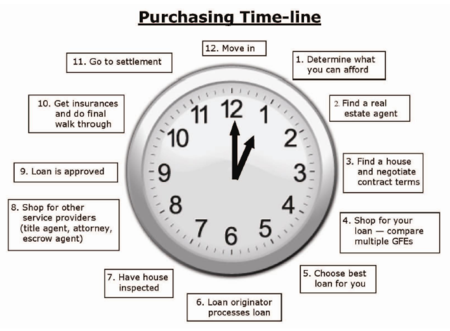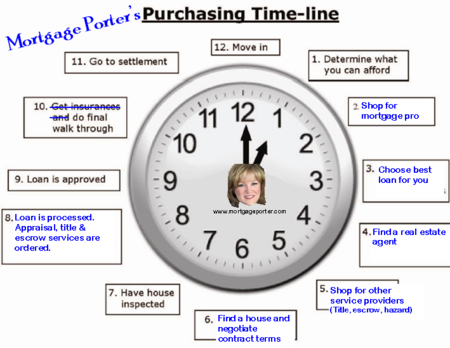 I often wonder how a consumer can truly trust a mortgage originator who sits in a housing development or a real estate office. Yes, it's convenient when you're checking out that new home and the loan originator that works with the builder or real estate company just happens to be sitting there waiting for you or the next person who'll walk through their door. Is that the best option for you?
I often wonder how a consumer can truly trust a mortgage originator who sits in a housing development or a real estate office. Yes, it's convenient when you're checking out that new home and the loan originator that works with the builder or real estate company just happens to be sitting there waiting for you or the next person who'll walk through their door. Is that the best option for you?
HUD is questioning this with regards to builders with in-house lenders and if this arrangement is a RESPA violation. It is harmful to consumers if the closing costs or rates are increased to compensate for what the lender may have to shell out to be that builder's preferred lender. Often times, you may find that the builder has built any cost to bribe you to work with their lender by increasing the sales price of the home. RESPA violations aside, I've always felt that if you work with the builder's lender, you're providing your personal information to the "seller" or the more specifically, the employee of the seller. The loan originator may be employed by a bank, but when they're constantly fed by the builder…where do their loyalties rest?
I feel the same way about loan originators who work as "joint ventures" with real estate companies. They may be paying rent inside your real estate agent's office or just be on their preferred providers list with some sort of business arrangement. I believe most of the big real estate brokerages in the Seattle area have an arrangement made to steer you to their lender, title or escrow company. When a loan originator, title rep or escrow officer are constantly fed or partially owned by a real estate company–where are their loyalties? If you only want to get approved for a $400,000 sales price, and can afford to much higher–do you think the LO who's shacked up with the real estate agent will let that agent know when they press the LO for more info on you?
Yes, you pay for their origination, title or escrow fees, but who are these people really work for. Shouldn't you have more of a choice? Some real estate agents will tell you that there isn't much difference in rate or fees–which they may truly believe; however, it may not be accurate.
I "work for" Mortgage Master Service Corporation. I'm paid by the consumer when we close a mortgage transaction together. My business is dependent on my clients referring me to people they know who need a mortgage in the greater Seattle area. I also have clients who find me from reading my blogs. I am not part of any joint venture or arranged business agreements. I'm not paid based on volume, quotas or selling a certain type of program.
Bottom line as a borrower in one of the largest transactions you may ever make in your lifetime, it is your responsibility to make sure you have the right team working for you. Do as much research as possible before you've entered into a real estate contract.
Photo credit: Sarah G… via Flickr













Recent Comments